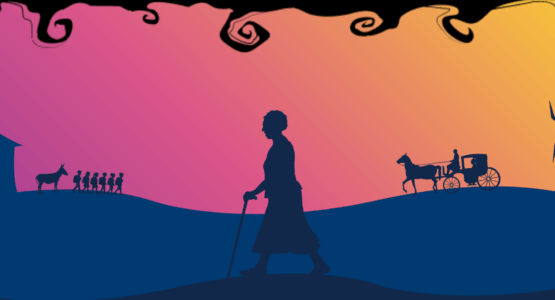Keith Barron (1968) has been a member of the Kent & East Sussex Railway for the past 50 years, for 40 of which he taught English. In the latter half of his career, he was a member of the senior management team at an independent London day school and an independent schools’ inspector. Joining a newly formed Sustainability Group at the Railway three years ago, he has been taking the lead in developing a Biodiversity Strategy and in liaising with local nature-based bodies.
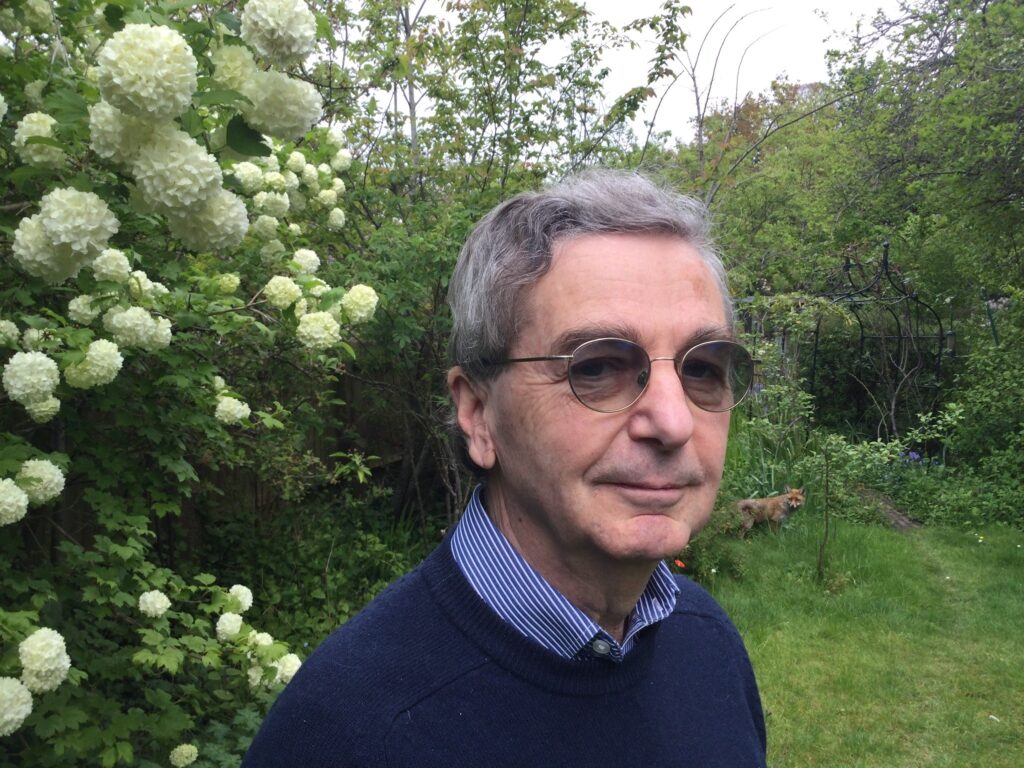
Preservation was the name of the game in the early 1970s when those who mourned the end of steam trains wanted to save as many as they could and protect the lines cut by Dr Beeching. Now they are called heritage railways and there are over 200 of them covering 560 miles. They have morphed from enthusiasts’ playthings into living museums and leisure destinations.
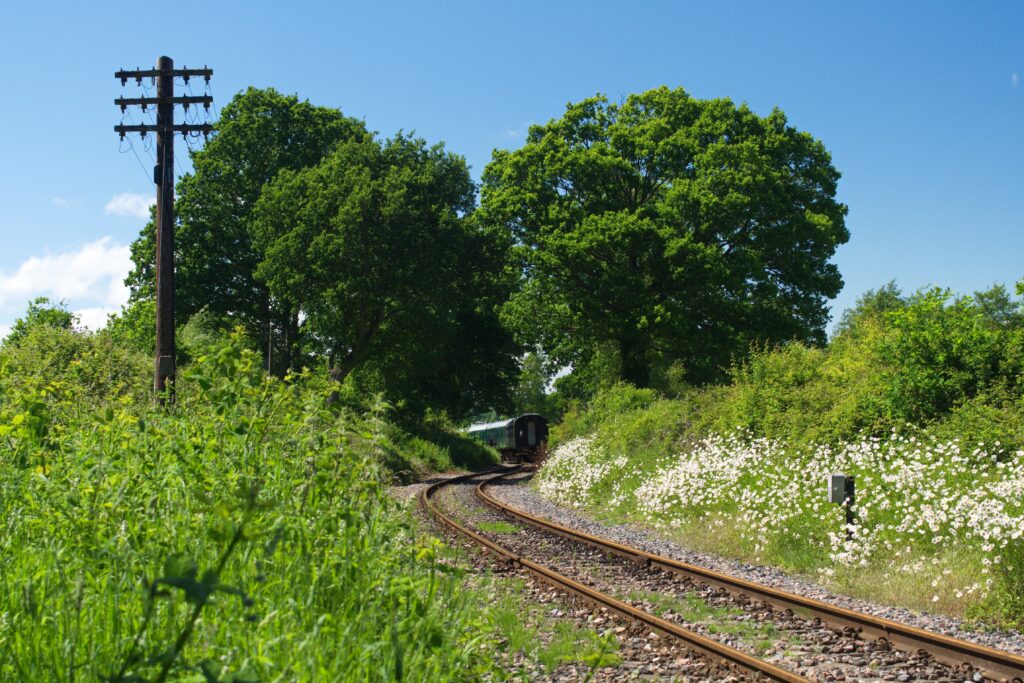
Today, we face a far more urgent preservation imperative, to restore nature. And it seems to me that heritage railways can play a part. This is because they are green corridors – or potential green corridors, depending on how they are managed. Since the 1970s, when the railway preservation movement began, there has been a loss of 40 million farmland birds. We are one of the most nature-depleted countries in the world, ranking 198th out of 218. Where are the myriads of butterflies I saw in my in my childhood? Where are the swifts and swallows? Younger generations are unaware of the loss because of what is known as ‘baseline regression syndrome’ or, as Gerard Manley Hopkins puts it in Binsey Poplars: ‘After-comers cannot guess the beauty been.’
Last year we commissioned Kent Wildlife Trust Consultancy Services to undertake a breeding birds and a bumblebee survey of the line. The results were remarkable, confirming that our scrub and tree-lined route running through remote Kent and Sussex countryside is rich in biodiversity. There are over 70 species of wildflowers growing on embankments and in ditches; dense scrub supports around 38 of the 89 bird species which were identified (17 of which are red-listed and 22 amber-listed). In its 10.5 miles the line is supporting an extraordinary 60 yellowhammer territories – a red-listed bird in serious decline nationally. Even more importantly, high conservation status species such as nightingales and turtle doves are being supported by lineside vegetation. Fifteen different bumblebees were identified, including two rare ruderal species. The railway finds that it is effectively supporting a linear nature reserve!
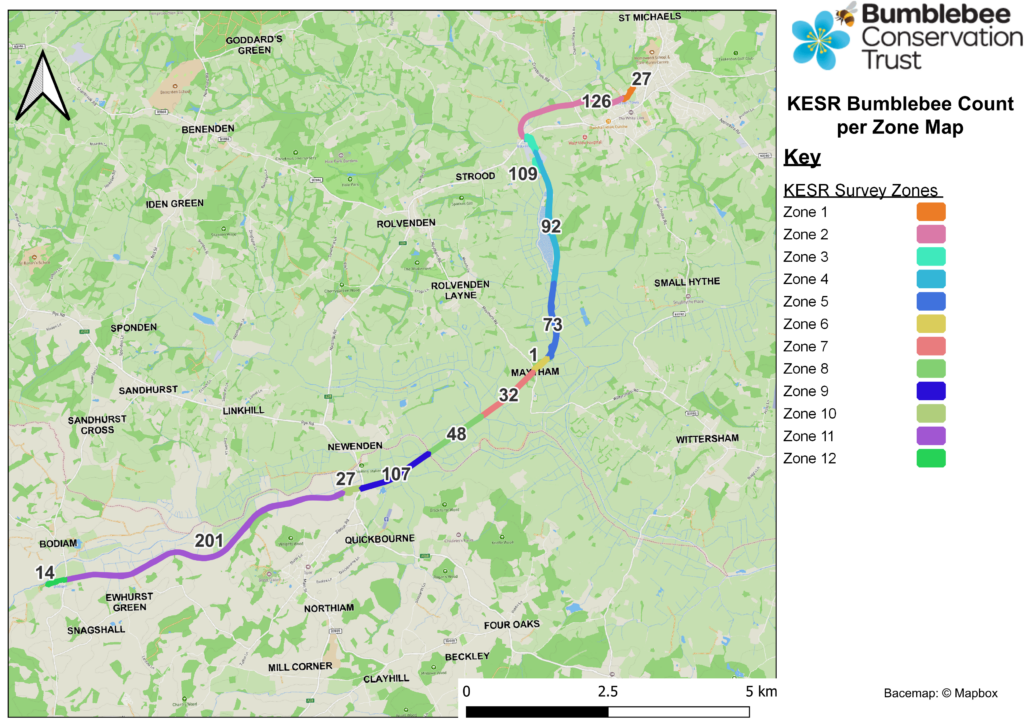
We decided to commission the surveys (and there are more to come) for a number of reasons. There was already a nascent support for nature among many of the railway’s groups. Station gardens were being tended with bee-friendly flowers. Bird boxes and bee hotels had been erected. More importantly, the gang responsible for managing lineside vegetation and maintaining a safe railway have designated themselves as ‘Forestry and Conservation’. They had planted thousands of whips provided by Ashford Borough Council around the perimeters of stations and sidings.
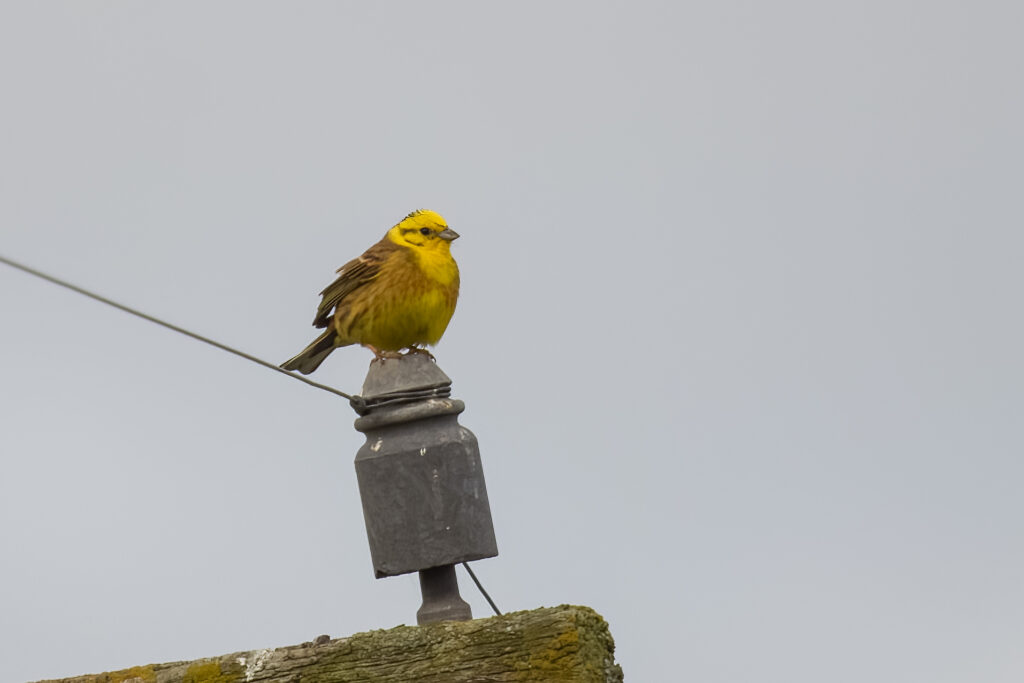
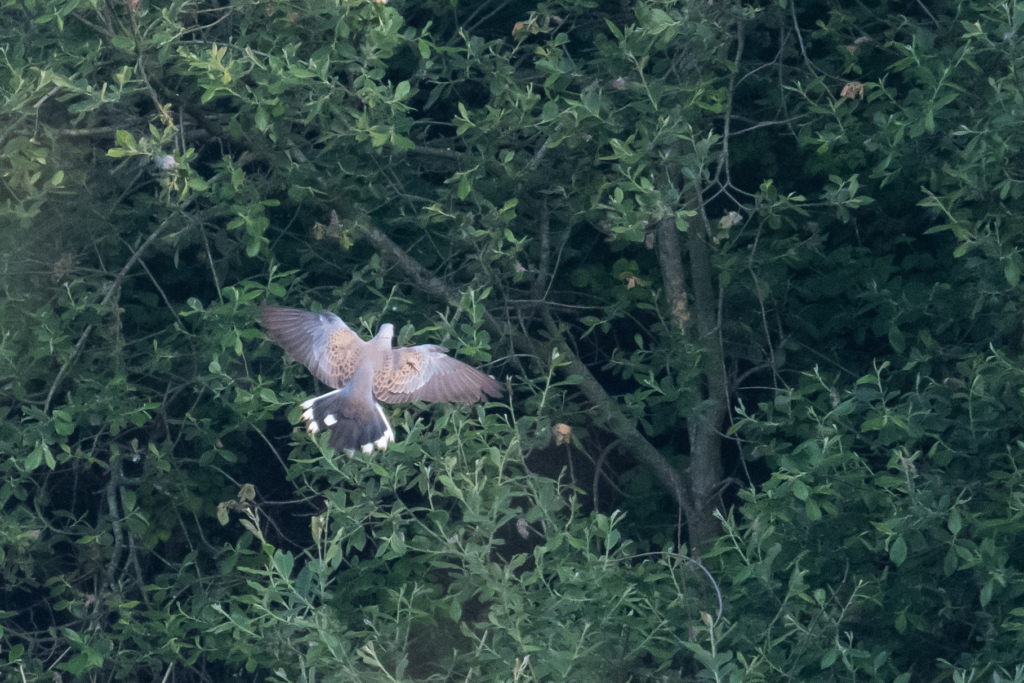
Biodiversity surveys would put this on a scientific basis. As the Railway is an educational charity, it makes sense to inform and educate passengers about the natural wealth just outside the train window. We are planning to develop a sort of I-Spy booklet for passengers. The PR jargon would be all about ‘enhancing the visitor experience’, but our motivation is not so utilitarian. We want to protect nature for its own sake and set an example for other heritage railways. It is heartening to discover how many of the railway’s members (most of whom are volunteers) are excited by the surveys’ revelations. Recently, at their request, I gave a talk to all the ticket-inspectors who are keen to be able to talk informatively to passengers.
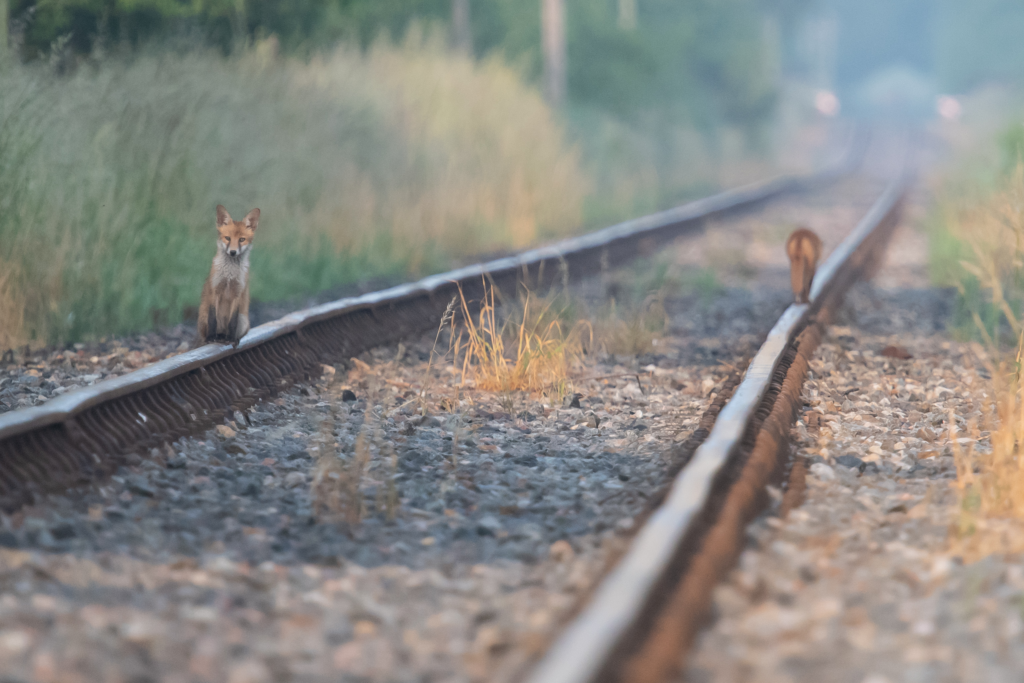
I am not an ecologist, though I have read a wealth of books about biodiversity, rewilding, nature-based solutions and so forth. My amateur passion was focused when my youngest son studied for an MSc in Sustainability at Birkbeck a few years ago. But it is exciting to work with local experts and agencies.
I have joined the Romney-Rother Catchment Partnership (much of the line runs through the Rother Valley) set up by the South East Rivers Trust, and we have offered the group an exploratory trip along the line, which is like a remote country lane without the traffic. Approached by James Clow, Kent Tree Senior Strategy Officer for Kent County Council, we have planted 10 disease-resistant elm trees as part of a reintroduction strategy along the edge of a 2-acre wildflower field the railway owns. One of the two species it can support is the white-letter hairstreak butterfly which is very rare. Perhaps we can manage a reintroduction for that too. It was through James that we were introduced to Emily Davies, of the Kentish Stour Partnership, who came to survey a large lineside pond with a view to restoring it to a state where it can support great crested newts. This is funded by Natural England.

From the outset I have regularly updated the Director of the High Weald National Landscape (formerly AONB) about our discoveries and developments, but perhaps the most significant partnership that we entered last autumn has been the Kent Medway Making Space for Nature project. This is one of 48 Local Nature Recover Strategy groups set up under the 2021 Environment Act based on a report by Sir John Lawton. After attending workshops and introductory meetings, it has been possible to establish the railway’s identity as a green corridor with a tapestry of habitats that can contribute at a landscape level to nature recovery. Through their interactive mapping system, we are logging our findings and hope to play an active part in their strategies for the future.
In the next three years, working with the Rother Valley Railway, who are reinstating the last lost three and a half miles from the main line at Robertsbridge to Bodiam, the opportunity has arisen to see how the complete rebuilding of a railway line can improve biodiversity.


